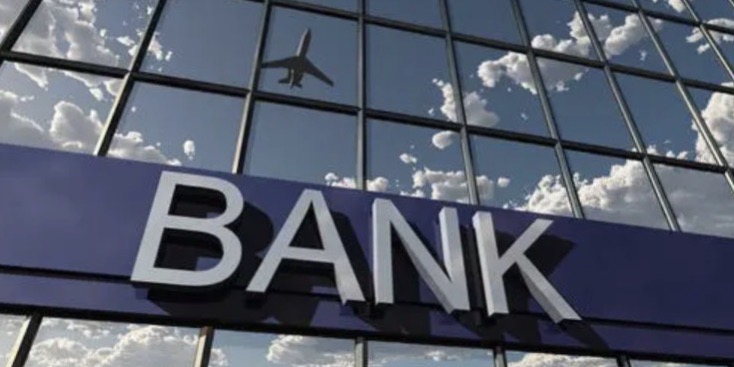Large banks are building their platforms to carry out “Open Banking” business.
Large banks headed by BBVA (Banco Bilbao Vizcaya Argentaria), Citi, Capital One, Barclays, etc. directly open lower-level APIs by building their own platforms to connect to the complicated upper-level business ecosystem. The approach is generally to adopt a “self-building + investment + incubation”. While strengthening the underlying API technology from the inside, it also takes into account the introduction of cooperation from the outside. The specifics can be summarized as follows: First, using the developer center or API Market to externally make API public; second, setting up venture capital funds to obtain external resources; third, enriching financial creativity through built-in accelerated incubators.
Take Spain as an example. Banco Bilbao Vizcaya Argentaria (BBVA) is a customer-centric global financial group with 75 million customers in 35 countries. It is the second-largest banking group in Spain and the largest financial institution in Mexico. It also has a certain market accumulation in South America and southern North America. By March 2018, BBVA has total assets of 690 billion euros, with a total of 131,784 employees and 8,141 outlets worldwide. Since 2016, BBVA has begun to fully deploy Open Banking business, and has become the world’s first API bank to operate openly in a commercial mode.
Take Citibank as an example. In November 2016, it officially launched the API Developer Hub globally, opening 8 categories of APIs including account management, account authorization, credit card, transfer, and ThankYou® Points to external developers, marking that Citibank has adopted open architecture technology and has become a milestone in the exploration of Open Banking. Over time, Citi is gradually adding new API categories. So far, Citi has opened 9 types of APIs in various countries around the world. These underlying API financial components are like Lego blocks, which can be freely assembled into creative financial applications by developers according to their own ideas.

Small and medium-sized banks rely on the service platform of technology companies to carry out “Open Banking” business.
Due to their own financial constraints, weak technology, or other banks that are unwilling to develop their own platforms, small and medium-sized banks use the media power of the middle layer to connect to the upper ecosystem, and thus a group of fintech companies such as Yodlee and SolarishBank specializing in third-party Open Banking platform services emerged. These banks and fintech companies mainly cooperate in two aspects. Fintech companies provide advanced IT technology, agile development process, and customized solutions based on customer needs while banks are mainly responsible for regulatory compliance, customer privacy, and providing customer needs.
Take Yodlee as an example. Its API products mainly include three categories: data aggregation, account verification, and capital flow.
Whether it is a large or a small and medium-sized commercial bank, its understanding and operation of the “Open Banking” business model reflects the reconstruction and development of financial technology and the bank’s business model in the new economic era. Not only through the construction of its own business model, but also through competition and cooperation with third-party partners and other non-financial intermediary services, commercial banks can improve the business operation efficiency and strengthen the customer-centered business model operation.






